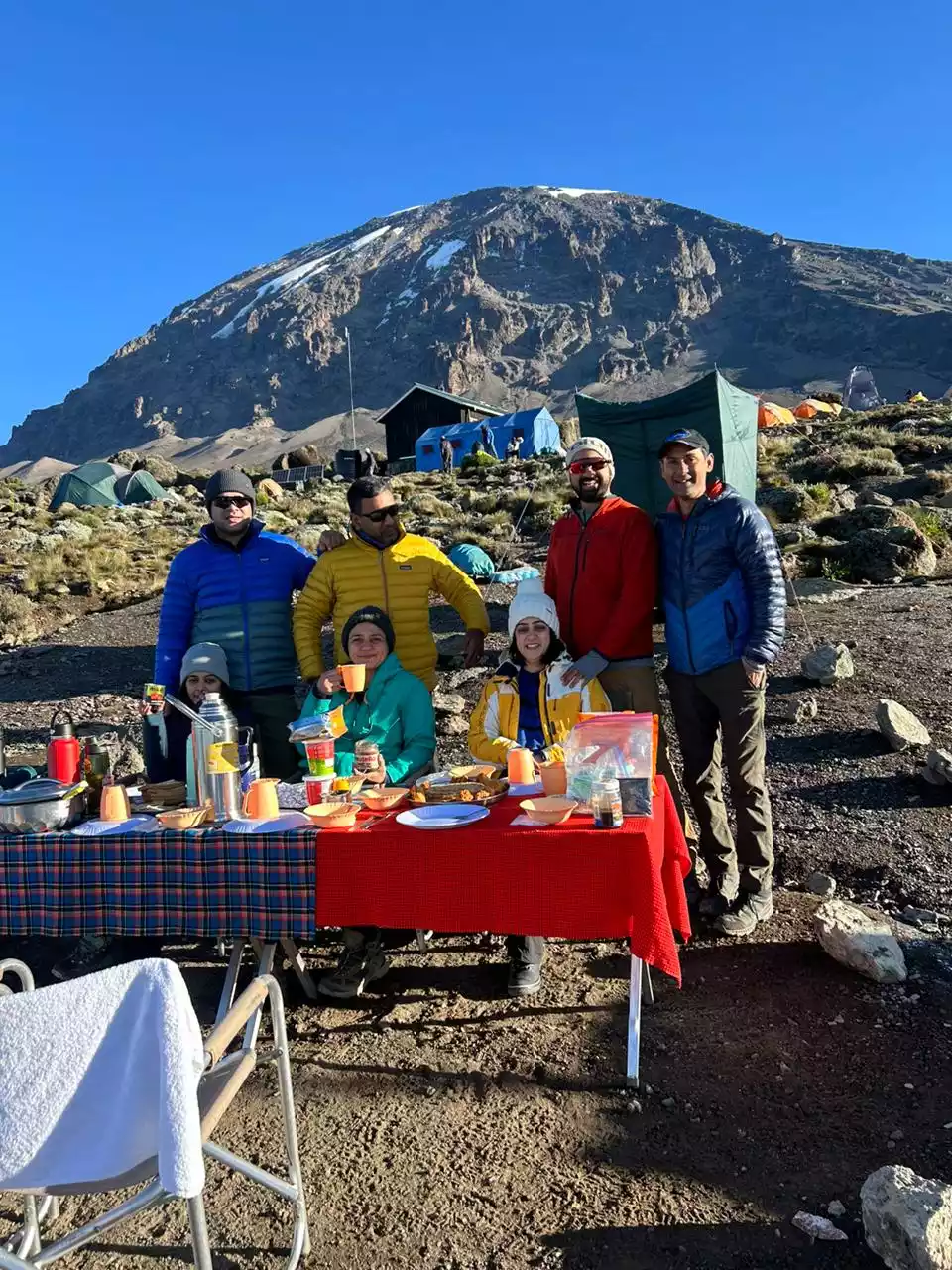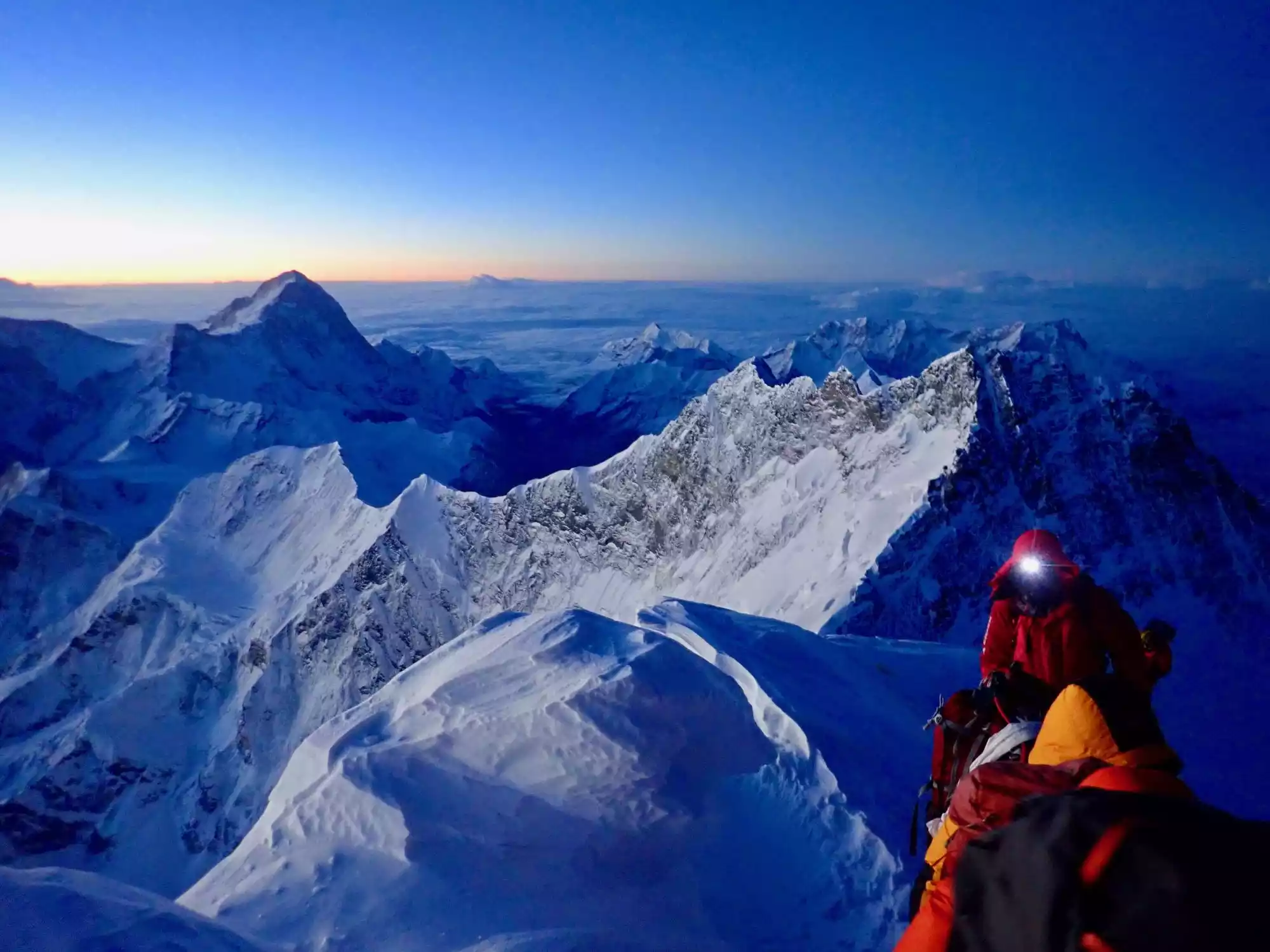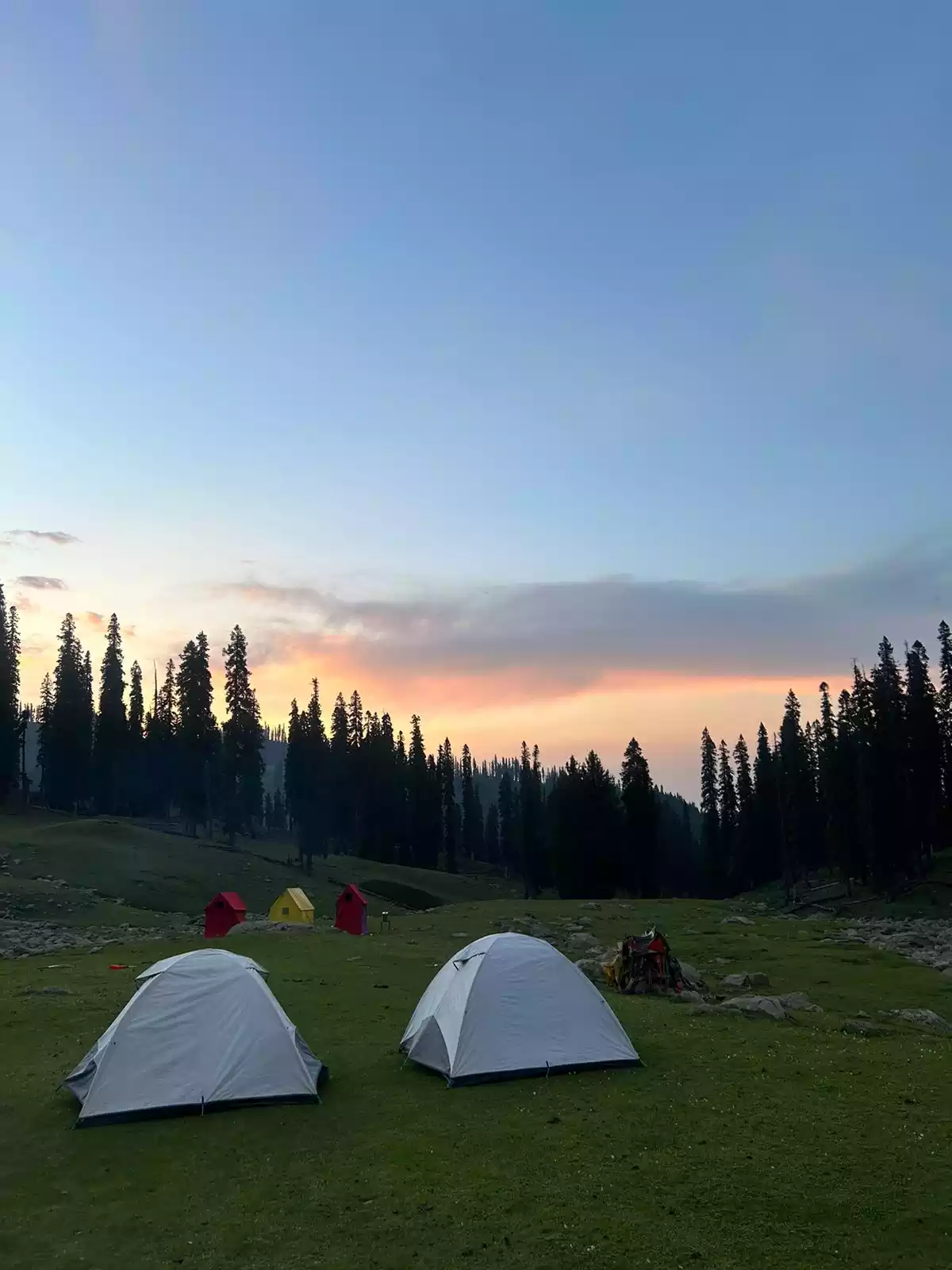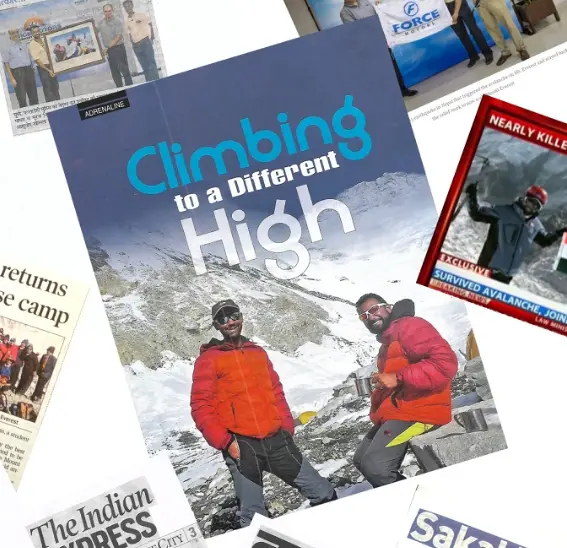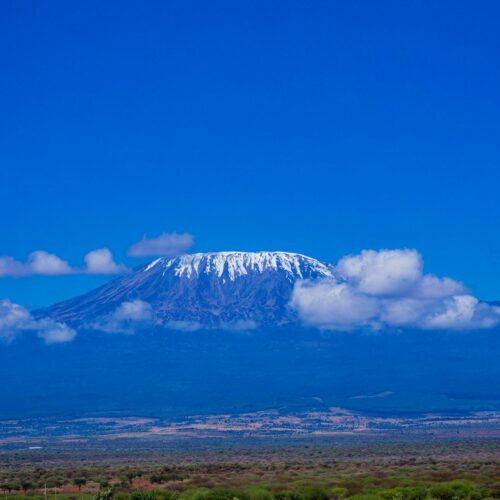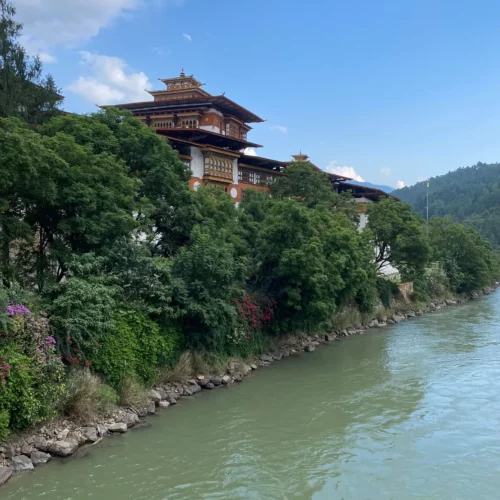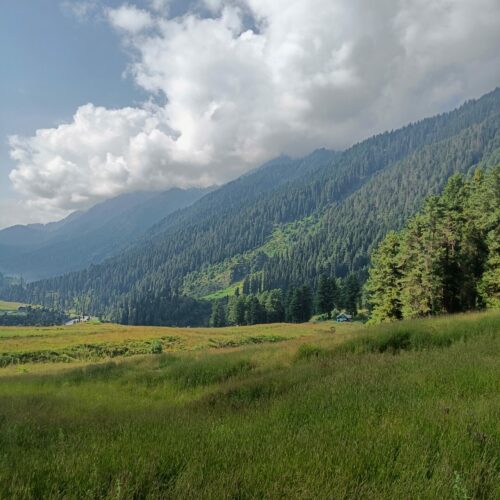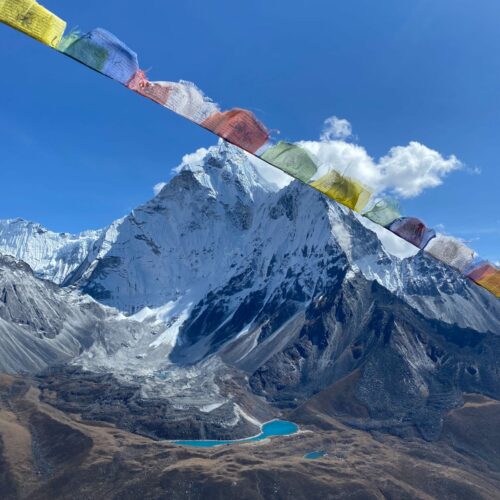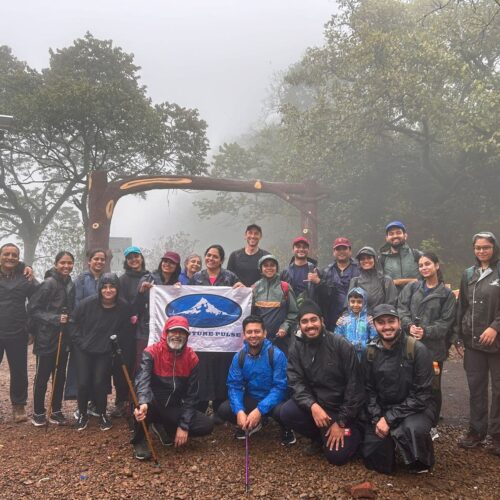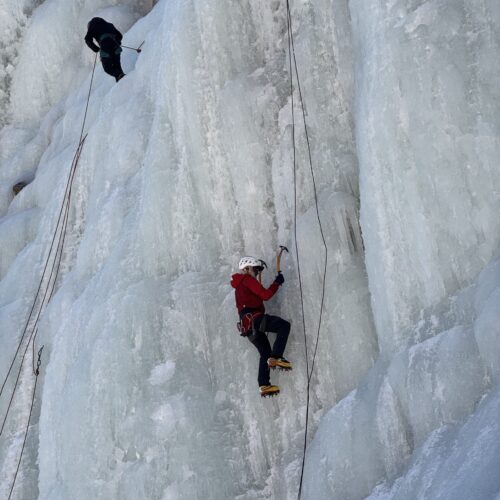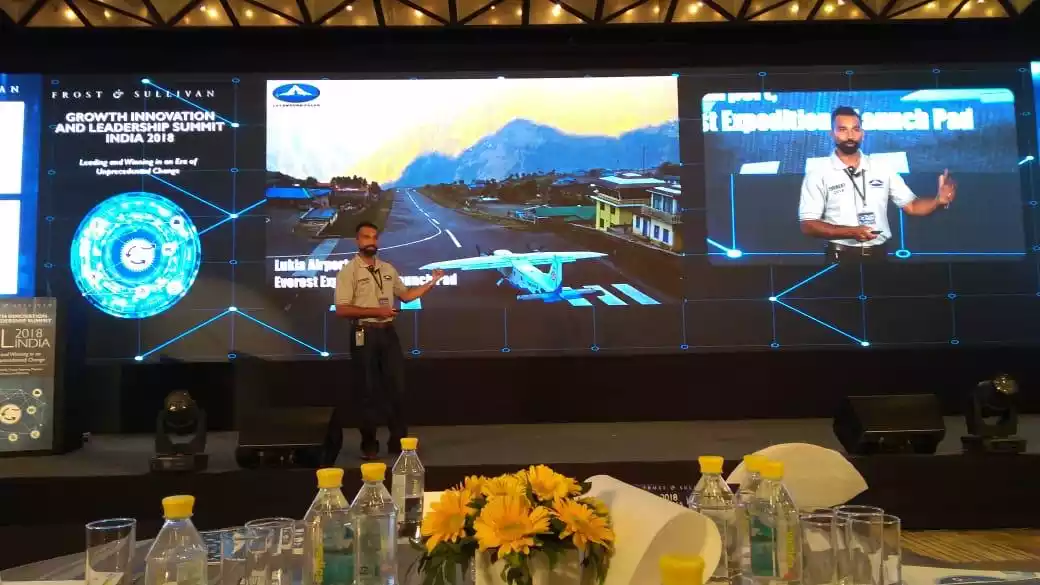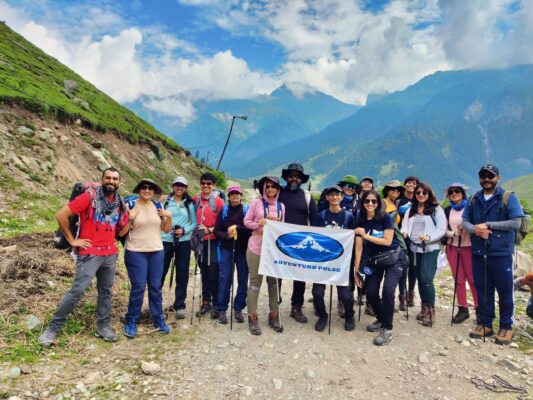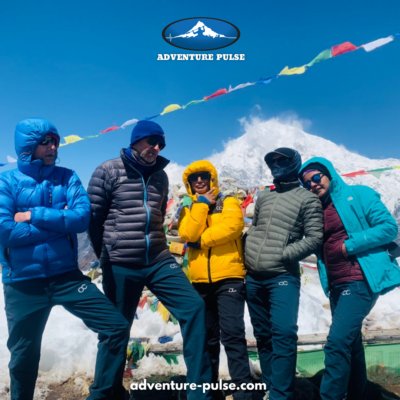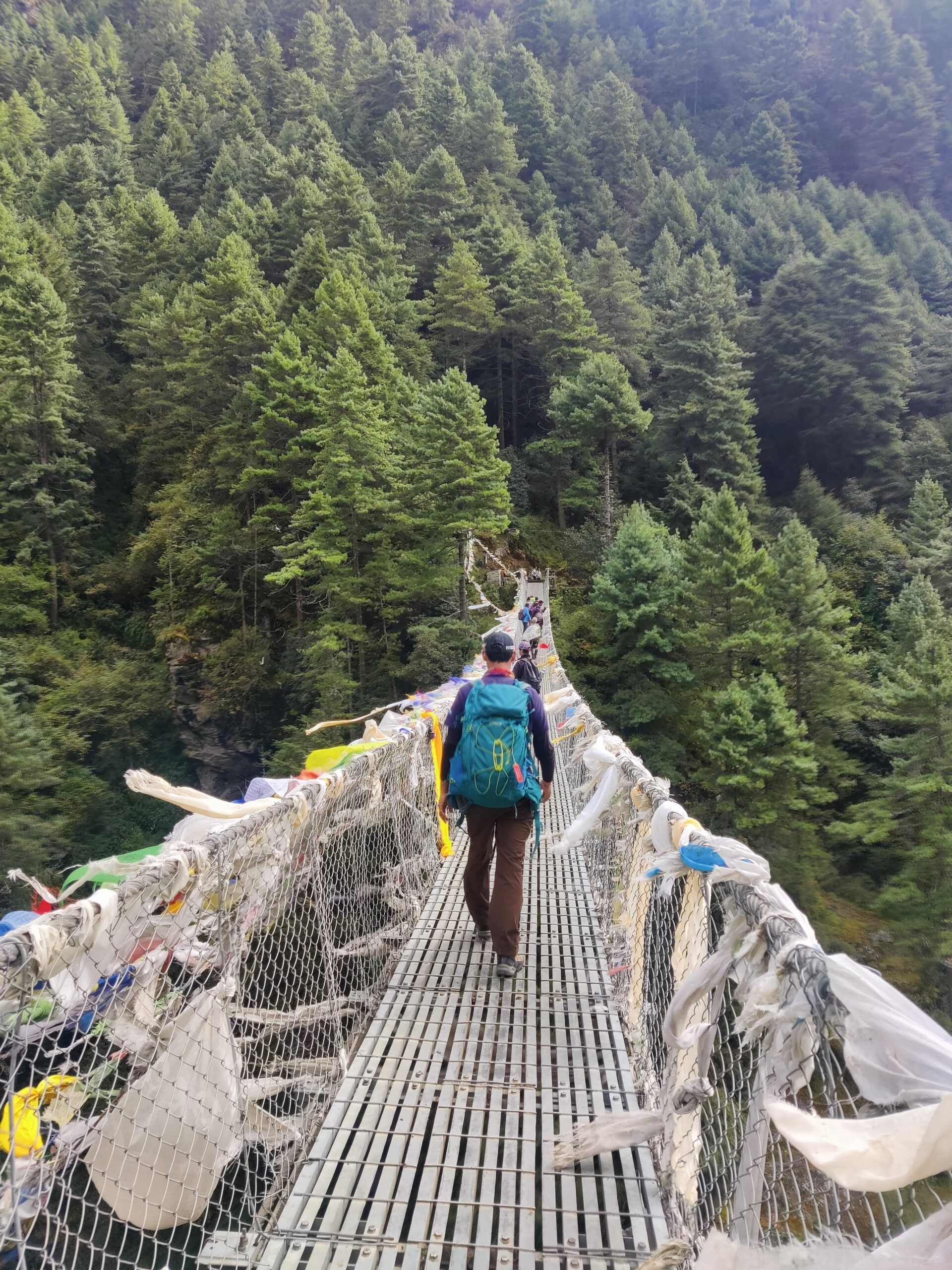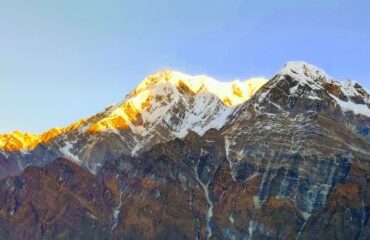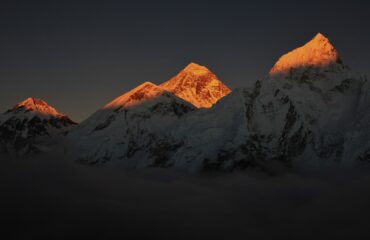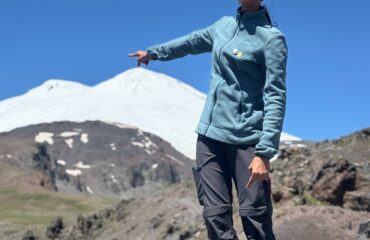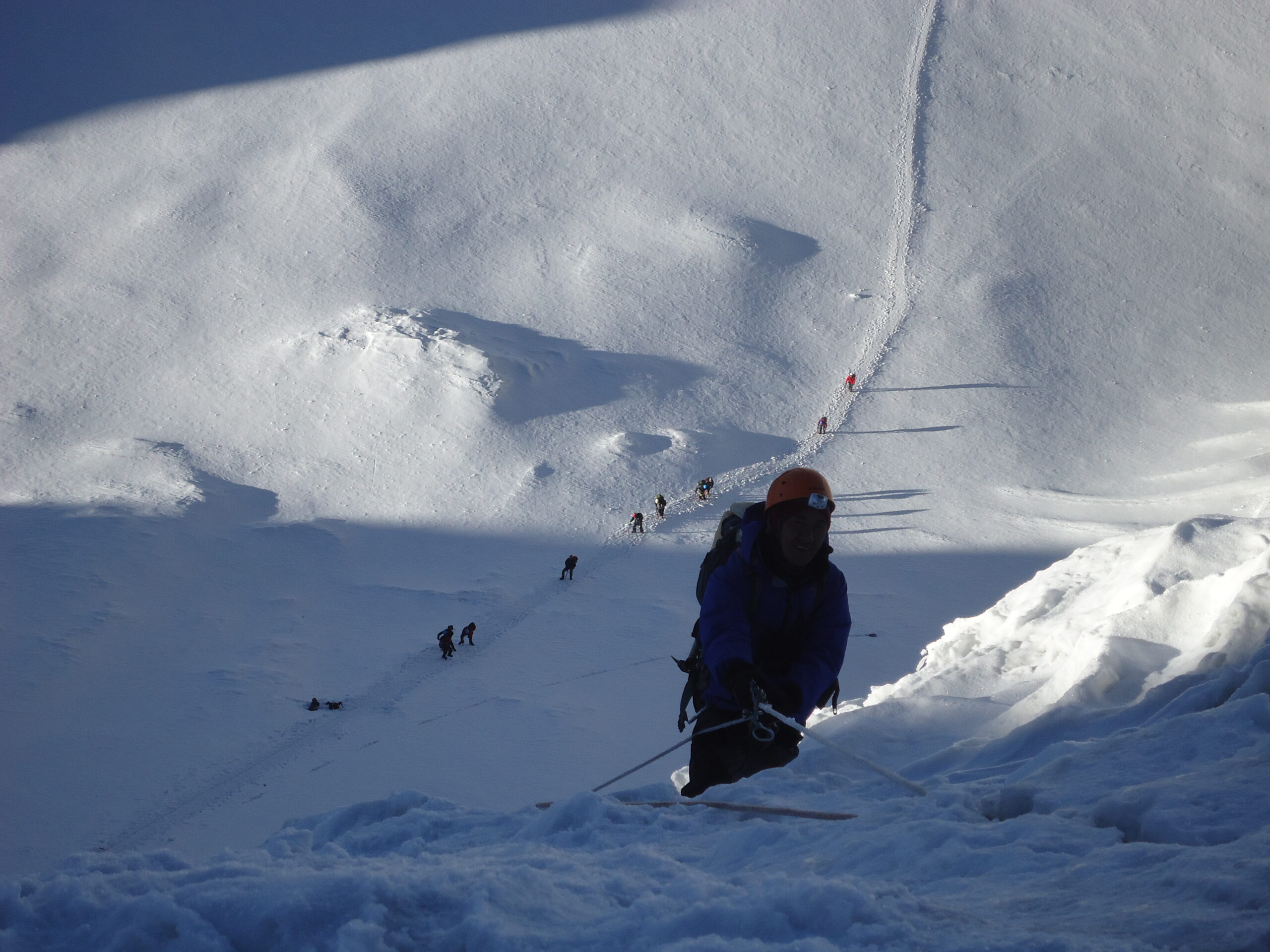
Climbing in Nepal
Nepal, the land of the Himalayas, invites mountaineers and adventure seekers. Nestled between India and Tibet, Nepal boasts eight of the fourteen highest peaks in the world, including Mount Everest, the ultimate challenge for climbers. With its breathtaking landscapes, diverse culture, and deep-rooted mountaineering history, Nepal has become a global hub for high-altitude climbing expeditions. The country’s well-established trekking routes, experienced guides, and welcoming hospitality make it an ideal destination for both novice and experienced climbers.
Climbers experience an exhilarating mix of adventure, natural beauty, and personal achievement in Nepal. The peaks range from moderate to extreme, allowing climbers to choose challenges that suit their experience and endurance. Popular climbs include Everest, Lhotse, Makalu, Manaslu, and Annapurna, among others. The trekking routes leading to these peaks often reward climbers with stunning glaciers, high-altitude lakes, picturesque villages, and panoramic mountain views.
One reason Nepal is a climber’s paradise is the Sherpa community, renowned for their exceptional mountaineering skills. Local guides and porters, with their intimate knowledge of the mountains, make expeditions safer and more enjoyable. Their deep-rooted traditions and warm hospitality add a unique cultural element to any climbing experience. Furthermore, Nepal’s trekking and climbing industry is well-regulated, ensuring that climbers receive the necessary support, permits, and safety measures for their expeditions.
The Climb to Lobuche
Among the many peaks in Nepal, Lobuche East (6,119 meters) attracts climbers aiming to test their endurance before attempting more challenging summits like Everest or Lhotse. Located in the Everest region, Lobuche East is considered a trekking peak, requiring technical climbing skills but accessible to climbers with prior high-altitude trekking or basic mountaineering experience.
The climb to Lobuche offers a perfect blend of trekking through scenic landscapes, cultural immersion, and the thrill of a technical ascent. The journey to Lobuche typically begins with a trek along the renowned Everest Base Camp (EBC) trail. Starting from Lukla, climbers pass through Sherpa villages such as Namche Bazaar, Tengboche, and Dingboche, acclimatizing along the way. The trek itself becomes an adventure, featuring breathtaking views of Everest, Ama Dablam, and other Himalayan giants. As climbers ascend further, they encounter high-altitude conditions, traverse rugged terrains, and cross glaciers before reaching Lobuche Base Camp.
The ascent to Lobuche East involves a mix of steep snow slopes, rocky ridges, and ice climbing, requiring climbers to use crampons, ropes, and ice axes. The final push to the summit is a challenging climb but rewards climbers with panoramic views of Everest, Lhotse, Nuptse, and other towering peaks. Standing atop Lobuche, climbers experience an unparalleled sense of achievement and awe, making the effort worthwhile. Climbers often choose Lobuche East as a preparatory climb before Everest or other high-altitude expeditions. It serves as an excellent training ground, helping climbers acclimate to extreme conditions, test their physical limits, and hone technical skills. Whether undertaken as a standalone adventure or as part of a larger mountaineering journey, climbing Lobuche becomes a truly unforgettable experience in the heart of the Himalayas.
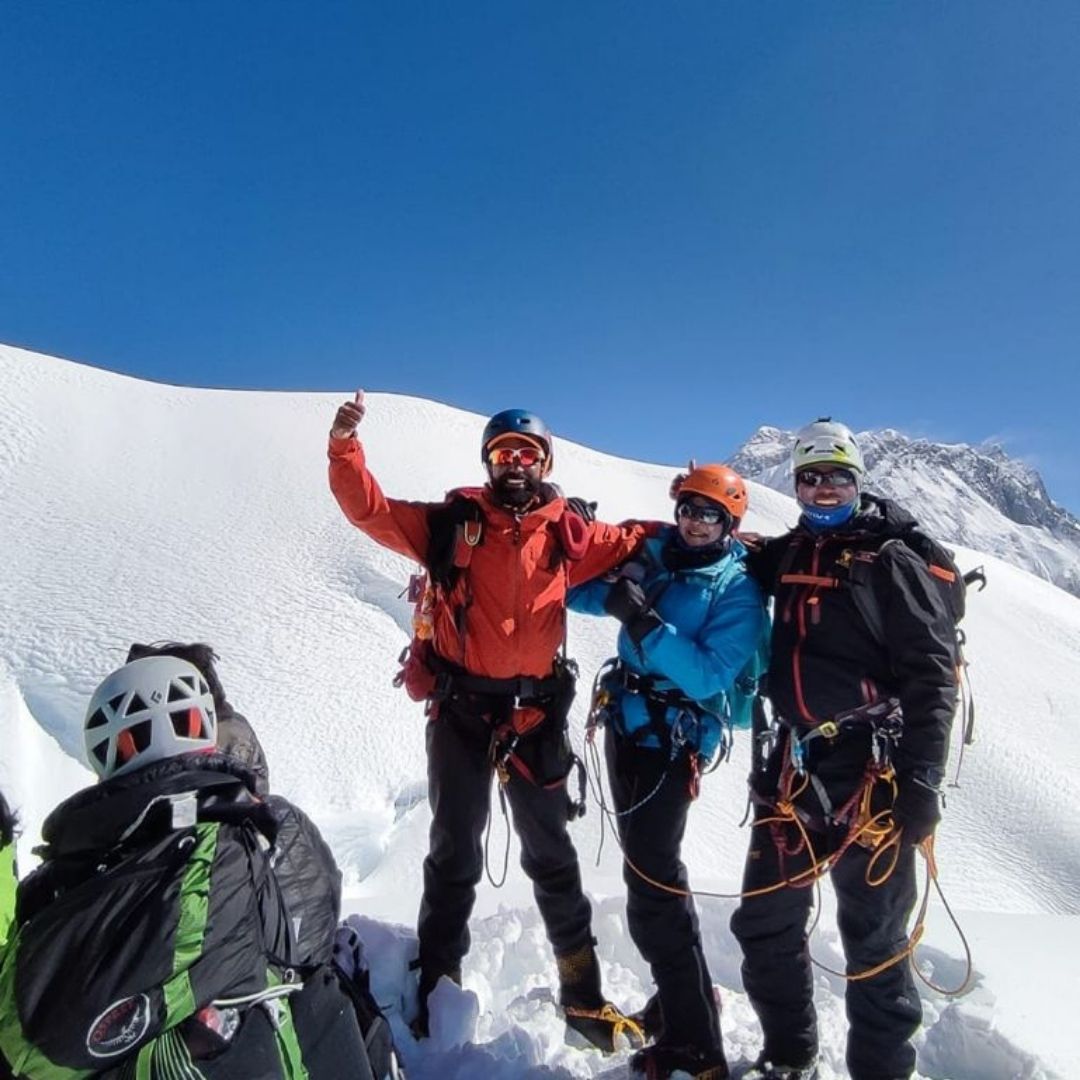
Duration
The Lobuche Peak climb typically takes 14–18 days, depending on the itinerary and acclimatization schedule. The journey begins with a scenic flight from Kathmandu to Lukla, followed by a trek through the iconic Everest region. You’ll pass through villages like Namche Bazaar, Tengboche, and Dingboche, which allow time for acclimatization. The climb itself involves setting up base camp and high camp, followed by a summit push. After summiting, most climbers descend to Lukla and fly back to Kathmandu. The duration includes time for rest, acclimatization, and weather contingencies, ensuring a safe and enjoyable experience.
The trek to Lobuche Peak is not just about climbing; it’s a cultural and scenic journey. The trail takes you through Sherpa villages, ancient monasteries, and breathtaking landscapes, including lush forests, glacial moraines, and high-altitude deserts. Acclimatization days play a crucial role in preventing altitude sickness, and most itineraries include side trips to places like Everest Base Camp or Kala Patthar. With proper preparation and guidance, climbers of all levels can achieve and enjoy this rewarding adventure.
Temperature
Temperatures on Lobuche Peak vary significantly depending on the altitude and season. At lower elevations up to 4,000 meters, daytime temperatures range from 10°C to 15°C, while nights drop to -5°C to 5°C. As you ascend to higher altitudes, temperatures become more extreme. At base camp around 4,950 meters, daytime temperatures range from 5°C to 10°C, and nights drop to -10°C to -5°C. During the summit push, temperatures can plummet to -15°C to -20°C or lower, especially in the early morning hours. You must wear proper gear, including insulated clothing, gloves, and a down jacket, to stay warm and safe.
Temperature fluctuations can pose a challenge, but they form part of the high-altitude experience. During the day, the sun can be intense, so you should wear layered clothing to adjust to changing conditions. At night, the cold can bite, especially at higher camps. Climbers must prepare for sudden weather changes, including snowstorms and strong winds. Wearing the right gear, such as a four-season sleeping bag, thermal layers, and a high-quality down jacket, is essential to withstand harsh conditions. Staying hydrated and well-fed also helps the body cope with the cold and altitude.
Accommodation
The accommodation in the Everest valley is in Tea houses. These are mountain lodges that have been constructed in the valley by Sherpas and other communities native to the Khumbu region.
Khumbu valleys tea house accommodation have become a world wide popularity owing to their luxury accommodation and facilities. From attached bathroom rooms, to showers, availability of wifi and well maintained, colorful dining areas, the teahouse are a complete package. Given the remoteness of the region and altitude at which they are situated, these tea houses provide the necessary luxury, comfort and safety to climbers and trekkers alike.
At Base of the peak however, no tea houses are available. The last 1 or 2 days of the expedition is done in pure camping style. With all food, stay and dining facilities in tents, the base camp at the base of the mountain is more rugged, preparing climbers mentally for their summit push.
Communication
While there is internet access at all tea houses along the trekking route, it is often slow and unreliable due to weather conditions and limited bandwidth. Nevertheless, climbers can expect to pay anywhere from 500 to 1500 Nepali Rupees for a 24-hour internet connection and pretty much stay connected each day.
Many climbers often buy a local SIM card in Thamel, Kathmandu which works in many areas of the trek. However, at the Lobuche Peak Base Camp there may be network but its best not to depend on it being reliable. At the summit, there is mostly no network coverage, and communication becomes limited. Once down from the summit, climbers get back into network when they reach Lobuche village that gives them access to tea houses again.
Best Season to Climb Lobuche Peak
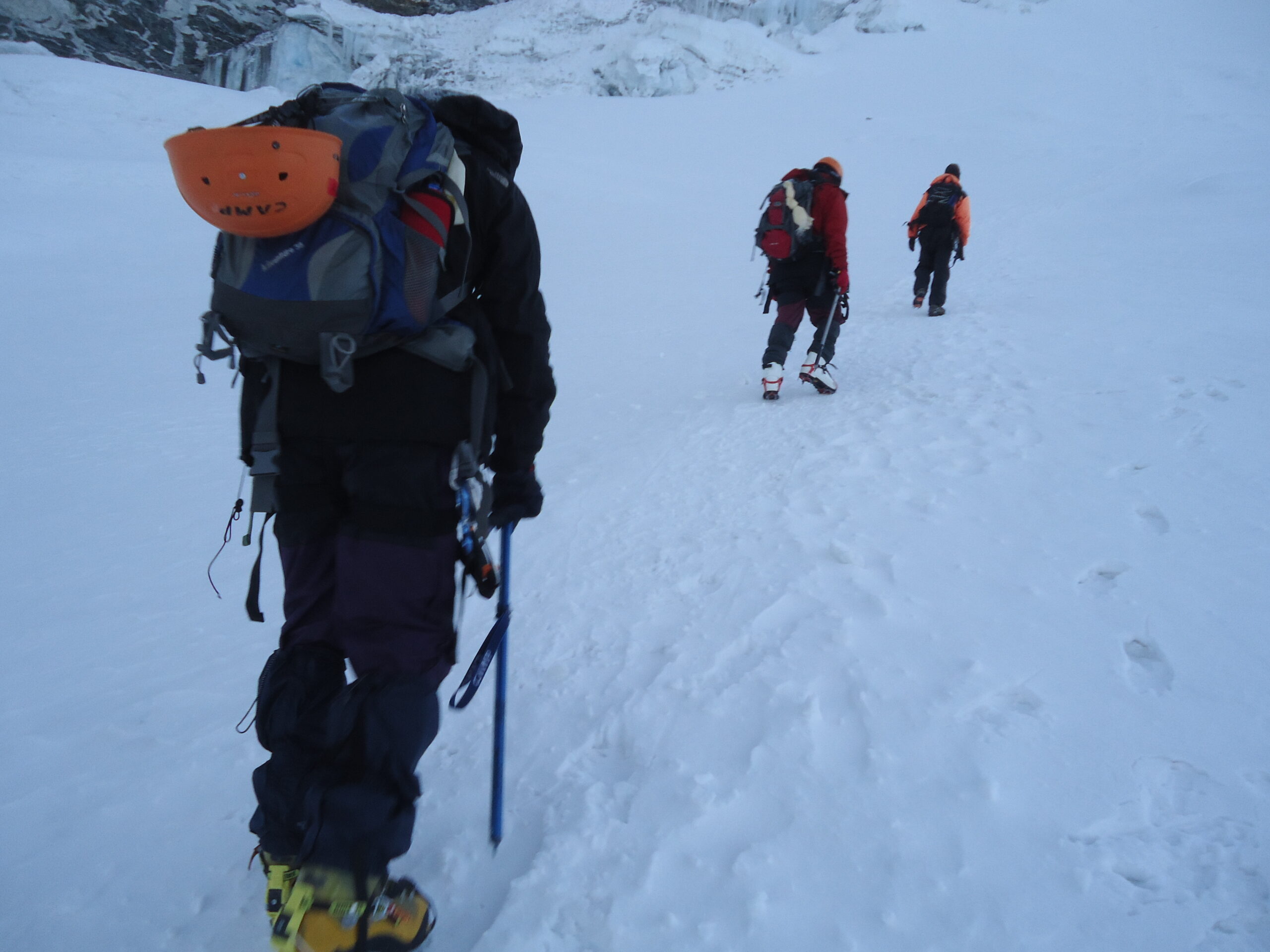
The best seasons to climb Lobuche Peak are spring (from March to May) and autumn (from September to November). During these months, the weather remains stable, offering clear skies, minimal rainfall, and excellent visibility. Spring brings blooming rhododendron forests and warmer temperatures, while autumn offers crisp air and stunning mountain views. Winter is also an option but comes with colder temperatures and more challenging conditions. The monsoon season is not recommended due to heavy rainfall, slippery trails, and poor visibility. Choosing the right season guarantees a safer and more enjoyable climb.
Spring is especially popular for climbing Lobuche Peak, as colorful rhododendron blooms brighten the trails and the weather is relatively mild. Autumn, known for its clear skies and post-monsoon freshness, is perfect for photography and panoramic views. Winter climbs are less crowded but demand extra preparation for the cold. The monsoon season is typically avoided due to the risk of landslides, leeches, and limited visibility. Regardless of the season, climbers should monitor weather forecasts and work with experienced guides to ensure a safe and successful climb.
What is the Fitness Level Required?
Climbing Lobuche Peak is a physically and mentally demanding adventure that requires a good to excellent level of fitness. While it’s considered a trekking peak and doesn’t require advanced technical climbing skills, the high altitude, steep ascents, and unpredictable weather make it a challenging endeavor.
Cardiovascular Endurance
Cardiovascular endurance is crucial for the Lobuche Peak climb, as it involves long days of trekking (5–7 hours daily) at high altitudes, often on steep and uneven terrain. The thin air at high elevations makes even simple tasks feel exhausting, so strong cardiovascular fitness ensures you can sustain prolonged physical activity with less fatigue. To build endurance, engage in aerobic exercises like running, cycling, swimming, or hiking for at least 3–4 months before the climb. Aim for 45–60 minutes of cardio, 4-5 times a week, and gradually increase the intensity and duration of your workouts. Incorporating uphill hikes with a loaded backpack is particularly beneficial, as it simulates the conditions you’ll face on the trail.
Strength and Muscle Endurance
Strength and muscle endurance are essential for navigating the challenging terrain of Lobuche Peak. You’ll be carrying a backpack of 10–15 kg with essential gear, trekking on rocky and icy trails, and using crampons and ice axes during the climb. Strong leg, core, and upper body muscles are crucial for stability, balance, and endurance. Incorporate strength training exercises like squats, lunges, deadlifts, planks, and push-ups into your routine. Focus on building endurance by performing high-repetition, low-weight exercises and including functional movements that mimic climbing, such as step-ups and weighted lunges. Strengthening your core is especially important, as it helps maintain balance and reduces the risk of injury on uneven terrain.
Altitude Acclimatization
Altitude acclimatization is a critical aspect of climbing Lobuche Peak, as the summit reaches 6,119 meters, where oxygen levels are significantly lower. Without proper acclimatization, you risk developing altitude sickness, which can be life-threatening. To prepare, train at higher elevations if possible or simulate altitude training using specialized equipment. During the climb, follow a gradual ascent plan and take acclimatization days to allow your body to adjust. Most itineraries include rest days and side trips to nearby viewpoints, such as Kala Patthar or Everest Base Camp, to help with acclimatization. Staying hydrated, eating well, and listening to your body are key to avoiding altitude-related issues.
Mental Resilience
Mental resilience is just as important as physical fitness when climbing Lobuche Peak. High-altitude climbing can be mentally challenging due to harsh weather, physical exhaustion, and the unpredictability of the mountains. Mental toughness helps you stay focused, motivated, and calm under pressure, especially during the summit push, which often begins in the early hours of the morning when temperatures are at their lowest. Practice mindfulness, visualization, and stress management techniques to build mental resilience. Simulate challenging conditions during training, such as hiking in bad weather or carrying a heavy backpack, to prepare yourself for the mental demands of the climb.
Prior Trekking and Climbing Experience
While Lobuche Peak is suitable for beginners in mountaineering, prior experience with high-altitude trekking is highly recommended. Familiarity with basic climbing techniques, such as using crampons, ice axes, and ropes, is also beneficial. If you’re new to mountaineering, consider taking a basic mountaineering course to learn essential skills. Participating in shorter treks or climbs can help you gain experience and confidence, making the Lobuche Peak climb more manageable.
Can Lobuche Peak be my first 6000 meter climb?
Yes, you can absolutely make Lobuche Peak your first 6,000-meter peak, provided you prepare well, maintain the right mindset, and receive the necessary support. At 6,119 meters, Lobuche Peak ranks as one of the more accessible 6,000-meter peaks in Nepal, making it an ideal choice for climbers eager to break into high-altitude mountaineering.
For beginners, Lobuche Peak offers a perfect introduction to high-altitude climbing. The climb combines trekking with basic mountaineering techniques, including the use of crampons, ice axes, and ropes. While prior trekking experience is highly recommended, you don’t need extensive mountaineering experience to attempt Lobuche Peak. Many climbers use this peak as a stepping stone to more technical climbs, like Island Peak or even Everest. That said, you’ll need a good level of physical fitness, as the climb demands long days of trekking, carrying a backpack, and navigating steep, icy terrain.
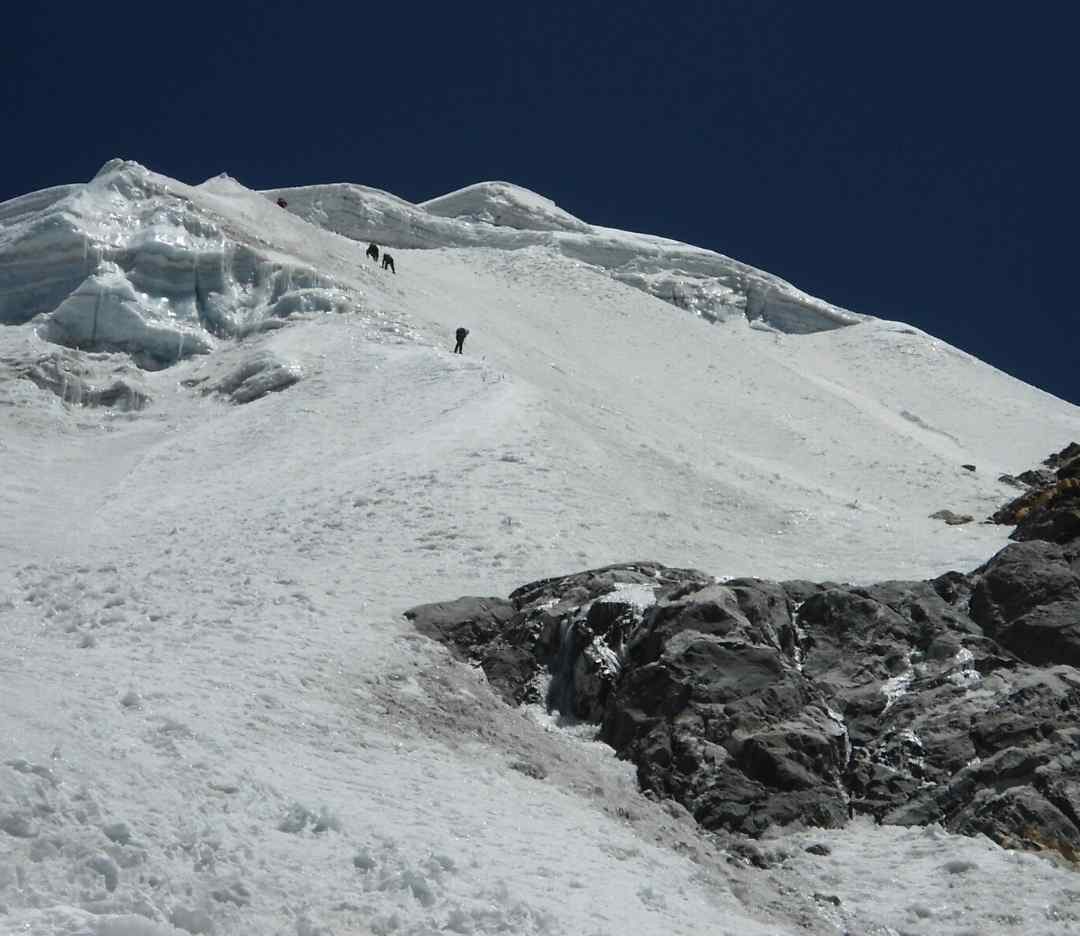
Parting Thoughts
Climbing Lobuche Peak is not just a physical challenge—it’s a journey that combines the beauty of the Himalayas, the warmth of Sherpa culture, and the thrill of mountaineering. Whether you’re looking to test your endurance, prepare for more challenging climbs, or simply immerse yourself in one of the world’s most iconic mountain regions, Lobuche offers an unforgettable experience.
With the right preparation, mindset, and support, climbers can conquer this trekking peak and gain not only a sense of achievement but also a deeper connection to the majestic landscapes and people of Nepal. So, if you’re ready to push your limits and embark on an adventure of a lifetime, Lobuche Peak awaits, offering a true mountaineering experience in the heart of the Himalayas.
Blog credits – Nabamita Choudhury
Follow us on Social Media – LinkedIn | TripAdvisor | Instagram

